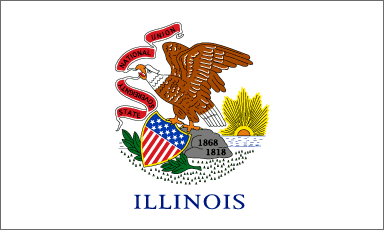Independence Day commemorates the calendar date of the signing of the Declaration of Independence. On the ‘Fourth of July’ 1776, representatives of the peoples of thirteen separate colonies formally signed a document (the wording of which they had already passed two days earlier) declaring that these colonies were independent states. The document closes with these words:
We, therefore, the Representatives of the united States of America, in General Congress, Assembled, appealing to the Supreme Judge of the world for the rectitude of our intentions, do, in the Name, and by Authority of the good People of these Colonies, solemnly publish and declare, That these united Colonies are, and of Right ought to be Free and Independent States, that they are Absolved from all Allegiance to the British Crown, and that all political connection between them and the State of Great Britain, is and ought to be totally dissolved; and that as Free and Independent States, they have full Power to levy War, conclude Peace, contract Alliances, establish Commerce, and to do all other Acts and Things which Independent States may of right do. — And for the support of this Declaration, with a firm reliance on the protection of Divine Providence, we mutually pledge to each other our Lives, our Fortunes, and our sacred Honor.
From that moment on, each state would make its own decisions free of the King of Great Britain; free of the Parliament of Great Britain. The first Article of the Treaty of Paris (1783) reads thusly:
Article 1st:
His Brittanic Majesty acknowledges the said United States, viz., New Hampshire, Massachusetts Bay, Rhode Island and Providence Plantations, Connecticut, New York, New Jersey, Pennsylvania, Delaware, Maryland, Virginia, North Carolina, South Carolina and Georgia, to be free sovereign and Independent States; that he treats with them as such, and for himself his Heirs & Successors, relinquishes all claims to the Government, Propriety, and Territorial Rights of the same and every Part thereof.
Neither the government under the Articles of Confederation (enacted March 1, 1781) nor the government under the Constitution of the United States (enacted March 4, 1789) changed the fundamental independence of the several – now fifty – sovereign states. Under the Constitution, the people of each State, acting as sovereigns, delegated limited authority to the Federal government. The Federal government is the creation of the people in their respective States. The Federal government is dependent, while the States and their governments are independent. To deny this is to fundamentally deny to each State a republican form of government, which is to deny a foundation principle of the Constitution.
It can certainly be argued that a governmental fabric – consisting of congressional legislation and executive orders and court decisions – has been cast as a controlling net over the independent states, bringing them under dependence to the federal government; but it can likewise be forcibly argued that the nature of this fabric is of the same false weave as provoked the original Declaration of Independence, and that fabric must be removed.
Speaking of fabric, it has become traditional to display a Federal flag on Independence Day, and the symbolism of the Federal flag can be offered to support this practice – thirteen stripes representing the original independent states and a field of fifty stars representing the current independent states. However, it should be remembered that this day celebrates the declaration of “free sovereign and Independent States,” not the forming of a Federal government which has nothing to do with our independence, and may arguably end up being the undoing of our independence. So it seems to me that alongside a Federal flag, one ought to display a state flag, and the Illinois state flag is most appropriate with its banner motto: “State Sovereignty; National Union.”
Celebrate Independence Day. Fly your state flag.
Harvey Bluedorn


0 Comments